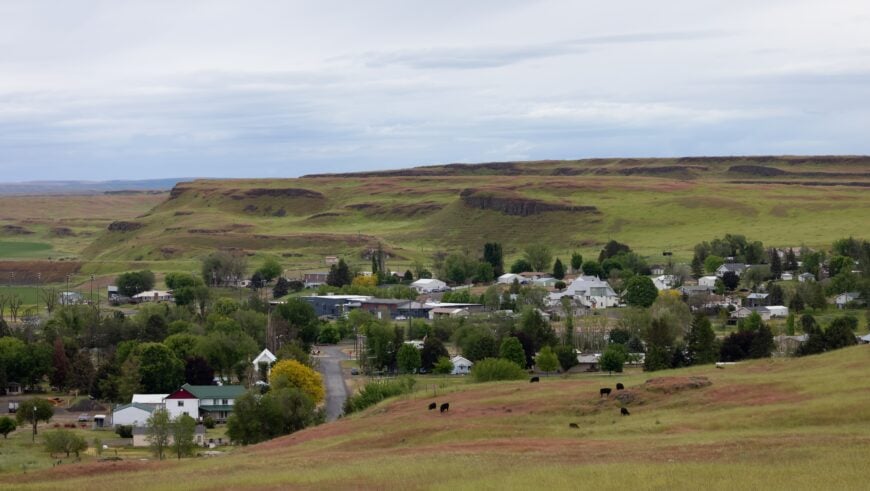
There’s a stretch of Washington state that doesn’t rush. It doesn’t clamor, boast, or beckon with flashing neon. Instead, it unfurls—slowly, like wheat swaying in the wind—across the soft geography of the Palouse. This is the land of yawning skies and wide silences, of towns like St. John and Kahlotus, where the road narrows and the day seems longer.
Nestled around the geological marvel that is Palouse Falls—named for the Palus people and revered for its unlikely, roaring waterfall in an otherwise folded prairie—this region rewards those who favor the scenic route. The payoff isn’t flashy. It’s subtle: old schoolhouses, corner cafés still clinging to pie, and grain elevators that cast long shadows across fields older than statehood.
But the real story is in the quietude. These towns didn’t opt out of modernity so much as they were passed by, and in that passing, preserved something rare—space to breathe, room to think. Here, you’ll find solitude with substance, remoteness with roots. Whether you’re driving through Lamont’s vast sky country or pulling into the near-silent main street of Dusty, you’re stepping into places that still hold tight to the rhythms of land and weather, where community isn’t performative, it’s practiced.
10. St. John: Community Spirit in a Peaceful Setting
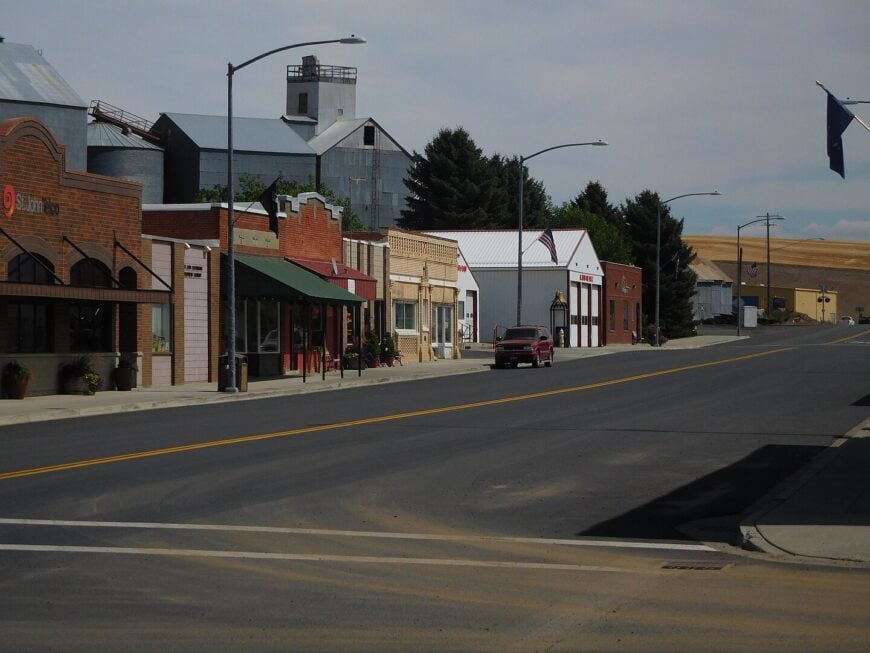
St. John, with a population of around 500 residents, is a charming small town that embodies the warmth of community living. Visitors can explore the local history museum, stroll through the quiet streets lined with historic buildings, or enjoy a picnic in the town’s beautiful park. Agriculture, particularly wheat farming, is the backbone of St. John’s economy, contributing to its rustic ambiance.
The town’s secluded nature comes from its location amidst the vast farmlands of the Palouse region, far from the noise and rush of larger cities. This peaceful setting allows for stunning views of endless rolling hills and offers an idyllic escape for those seeking serenity. Hidden gems like the St. John Golf and Country Club provide recreational opportunities without the crowds.
Where is St. John?

St. John is located in Whitman County in eastern Washington, nestled in the heart of the Palouse’s picturesque wheat fields. Its remote location, away from major highways and urban centers, enhances its seclusion and charm. To reach St. John, travelers can take US Route 195 south from Spokane, then turn onto State Route 23, which leads directly into town. The journey through the rolling landscapes makes the trip as rewarding as the destination itself, emphasizing the peaceful isolation that defines St. John.
9. Lamont: The Smallest Town with the Biggest Sky
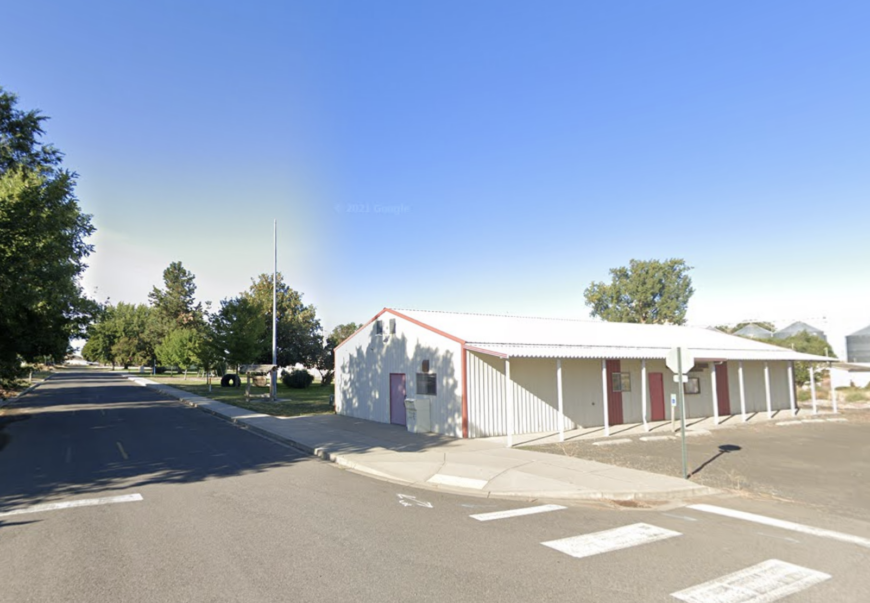
Lamont is one of Washington’s smallest incorporated towns, boasting a population of just under 100 residents. This tiny community offers an unparalleled opportunity for stargazing, thanks to its expansive skies free from light pollution. While amenities are minimal, the town’s simplicity is part of its allure, providing a quiet retreat for those looking to disconnect.
Agriculture is the primary industry, with wheat fields stretching as far as the eye can see, creating a serene backdrop. Lamont’s seclusion is a result of its remote location and sparse population, making it an ideal spot for solitude amid nature. Hidden treasures like the annual community potluck bring residents together, showcasing the town’s strong sense of community despite its size.
Where is Lamont?

Situated in Whitman County, Lamont lies in the eastern part of Washington state, nestled among the rolling hills of the Palouse region. Its remote location off the main highways contributes to its tranquil atmosphere and lack of tourist traffic. To get to Lamont, travelers can take State Route 23, branching off from US Route 395, and immerse themselves in the scenic rural landscapes along the way. The town’s isolation is accentuated by the vast agricultural lands that surround it, making Lamont a perfect escape for those seeking unspoiled natural beauty and quietude.
8. Hay: Nestled in Nature’s Serenity
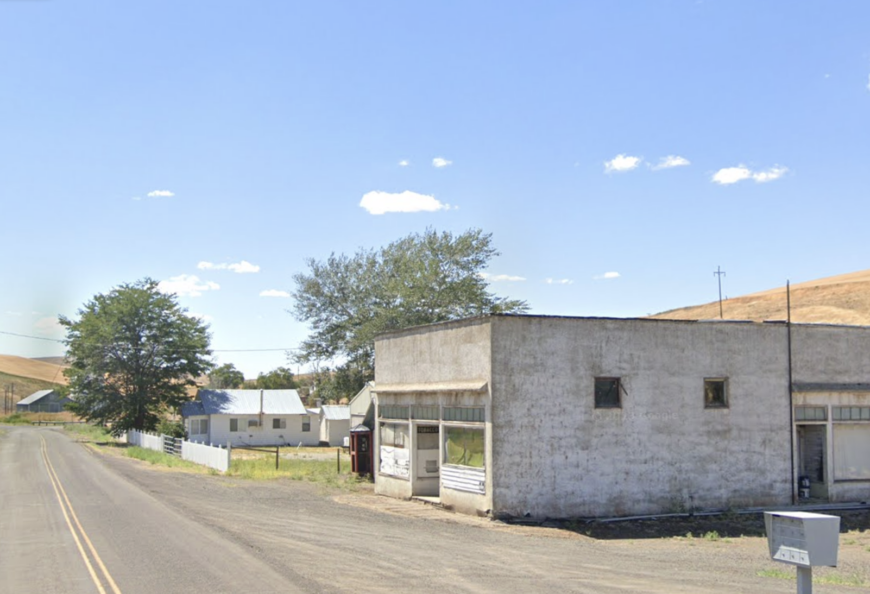
Hay is a tiny unincorporated community that offers a sanctuary for wildlife enthusiasts and nature lovers. With a population of fewer than 50 people, Hay provides an intimate connection with the surrounding natural environment. Outdoor activities abound, including bird watching, hiking, and exploring the nearby Palouse River.
The area is predominantly agricultural, with wheat and barley fields contributing to the local economy and rural charm. Hay’s seclusion stems from its remote location and the absence of commercial development, allowing visitors to fully immerse themselves in the tranquility of the Palouse region. One of the hidden gems is access to little-known fishing spots along the river, offering solitude and scenic beauty.
Where is Hay?
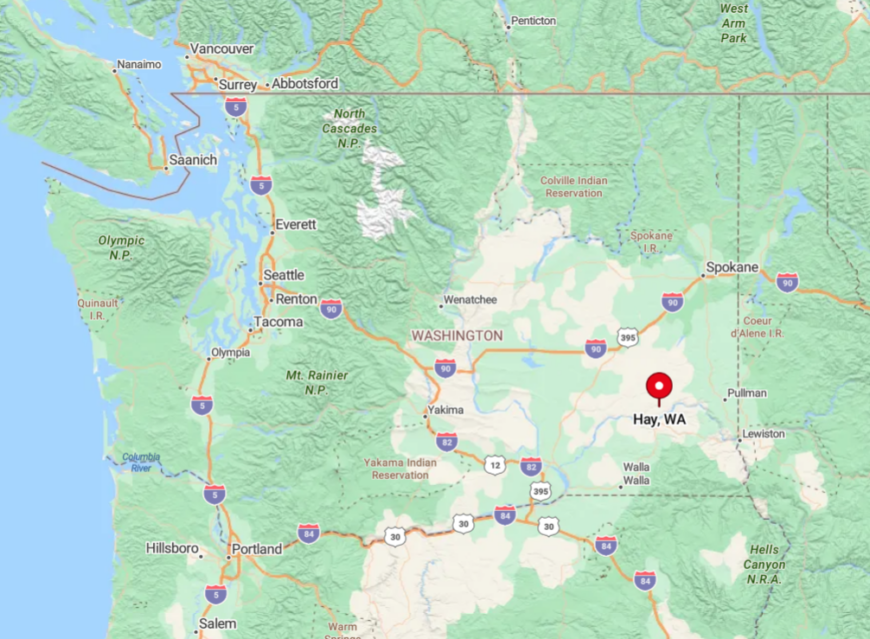
Located in Whitman County, Hay sits quietly in southeastern Washington amidst the expansive plains of the Palouse. Its far-off location from major roads and towns keeps it tucked away from the usual travel routes. Travelers can reach Hay by taking US Route 195 to State Route 26, then venturing onto smaller county roads that weave through the countryside. The journey itself is a peaceful drive through rolling hills, emphasizing the town’s secluded nature and the sense of escape it provides from urban life.
7. Benge: A Quiet Stop Along Forgotten Highways
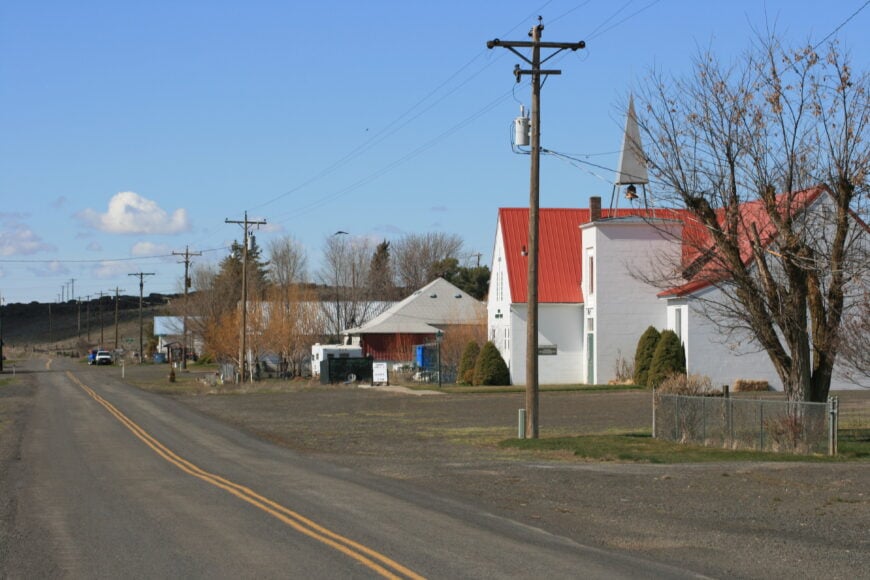
Benge is a near-forgotten locale where the pace of life is slow and unhurried. With a population hovering around 100, this small community offers a glimpse into the past with its historic buildings and untouched landscapes. Visitors can explore the remnants of old grain elevators and enjoy the vast open spaces that surround the town.
Farming remains the main industry, contributing to the rustic and authentic atmosphere of Benge. Its seclusion is accentuated by the sparse traffic and absence of modern amenities, making it an ideal retreat for those who appreciate simplicity. One of the town’s hidden gems is the old Benge Schoolhouse, a testament to the community’s enduring history.
Where is Benge?
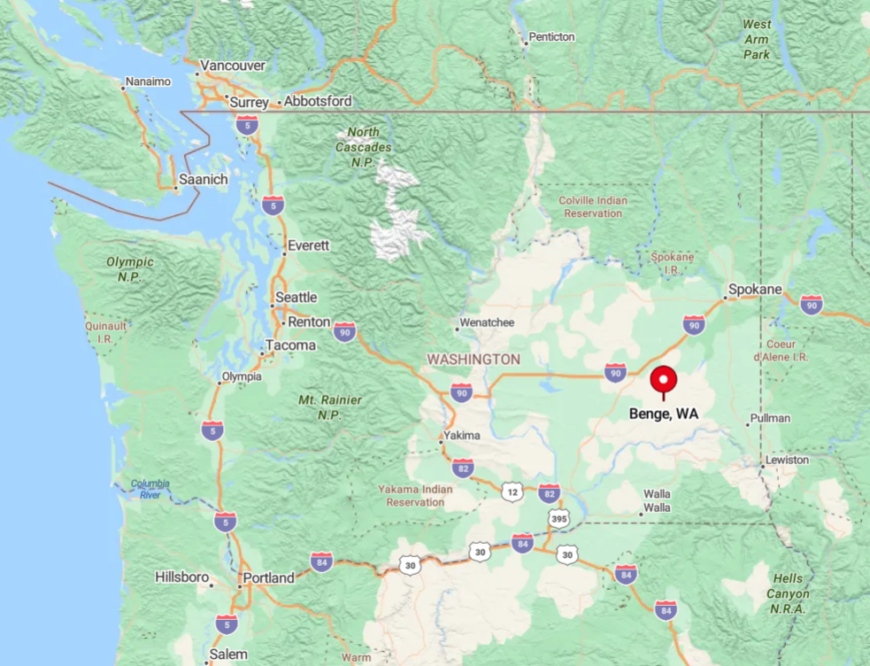
Located in Adams County in eastern Washington, Benge sits along quiet county roads away from the main thoroughfares. Its isolation is due in part to the decline of railroads and the bypassing of major highways, leaving it a peaceful haven untouched by mass tourism.
To reach Benge, travelers can take State Route 261 from Ritzville and then venture onto local roads that lead into the heart of the rural landscape. The journey to Benge underscores its seclusion, as visitors pass through rolling wheat fields and open skies that define the Palouse region.
6. Dusty: Finding Solace Among Endless Horizons
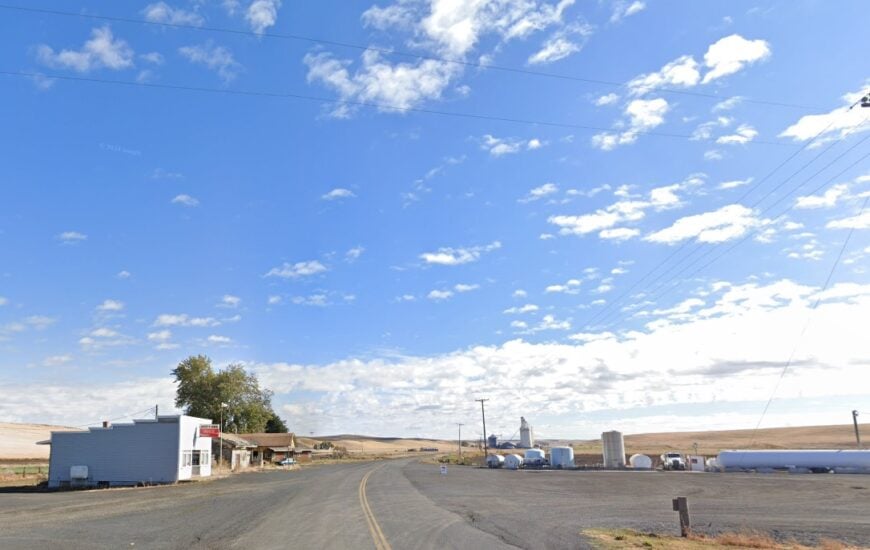
Dusty is an aptly named unincorporated community where endless horizons meet quiet living. Home to around 30 residents, the town is characterized by its vast agricultural surroundings and a sense of peace that pervades the area. Outdoor enthusiasts can enjoy scenic drives, photography, and observing the abundant wildlife.
Wheat farming is the cornerstone of Dusty’s economy, reinforcing its rural identity. The town’s remote location and minimal population contribute to its unique sense of isolation, making it perfect for those seeking solitude. A hidden gem in Dusty is the historic country store, offering a nostalgic glimpse into the region’s past.
Where is Dusty?
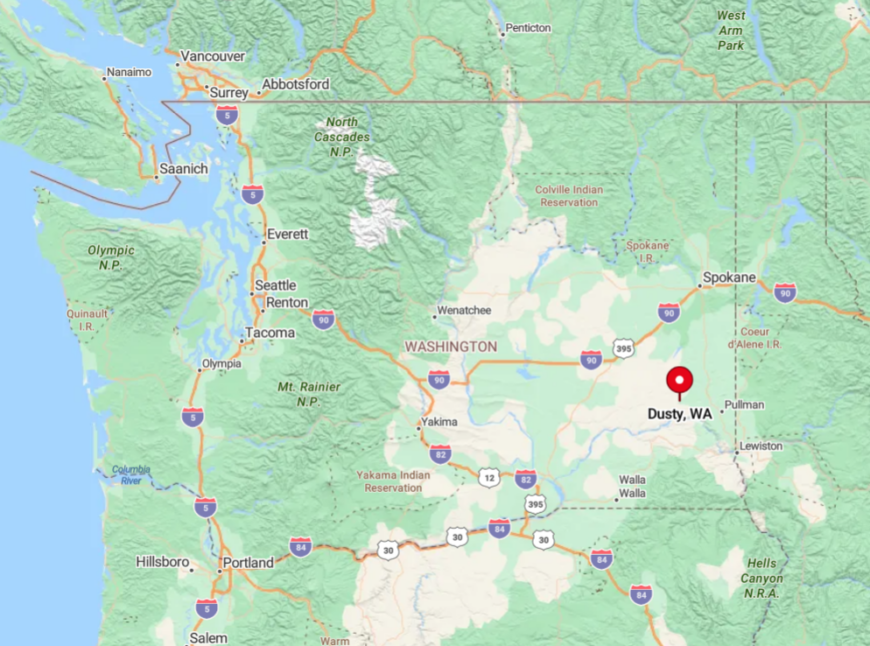
Situated in Whitman County, Dusty lies at the junction of State Route 26 and State Route 127, yet remains relatively untouched by heavy traffic. Its position amidst expansive farmland enhances its secluded ambiance. Travelers often pass through without realizing the quiet charm that Dusty holds. To reach Dusty, one can drive along scenic highways that traverse the rolling hills, emphasizing the tranquil journey. The town’s remote setting offers a stark contrast to urban environments, allowing visitors to embrace the serenity of the Palouse landscape.
5. Hooper: Unplugged in the Heart of Wheat Country
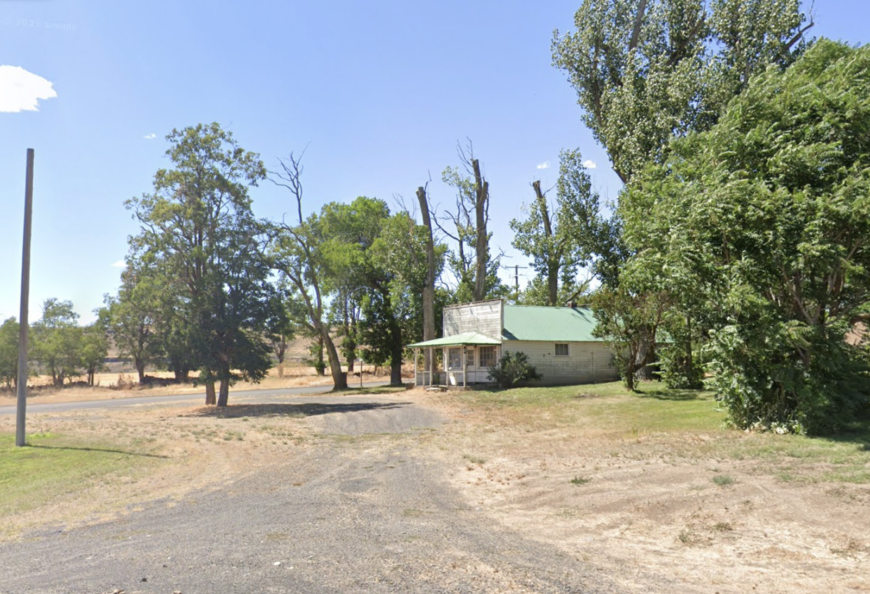
Hooper is an off-the-beaten-path community where vast open spaces invite visitors to unplug and unwind. With a population of just a handful, Hooper embodies the simplicity of rural life. The town’s primary industry is agriculture, particularly wheat and cattle farming, which shapes its pastoral scenery. Activities in Hooper are centered around enjoying the outdoors, whether it’s fishing in the nearby Palouse River or taking in the sweeping views of the countryside.
The seclusion of Hooper is due to its remote location and the absence of commercial development, offering a true escape from modern distractions. A hidden treasure in Hooper is the historic Hooper Hotel, a relic of the early 20th century.
Where is Hooper?
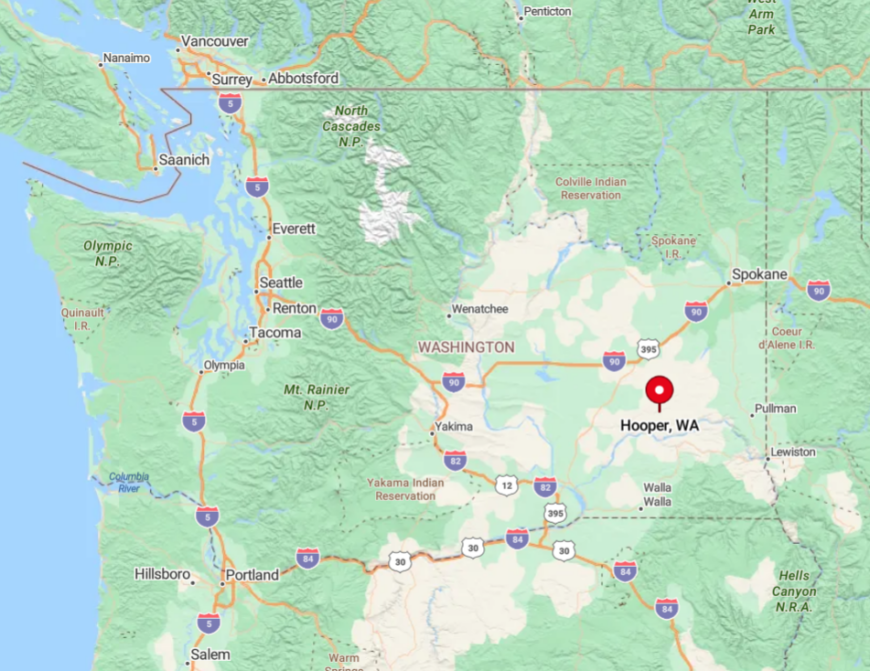
Located in Whitman County, Hooper sits along the Palouse River, far from the bustle of city life. Its remote position is accentuated by the surrounding wheat fields and rolling hills, contributing to its sense of isolation. To reach Hooper, travelers can take State Route 26 and then turn onto lesser-known county roads that wind through the scenic landscape. The journey emphasizes the town’s remoteness and provides a peaceful transition from urban environments to the quietude of rural Washington.
4. Lacrosse: Embracing Small-Town Heritage
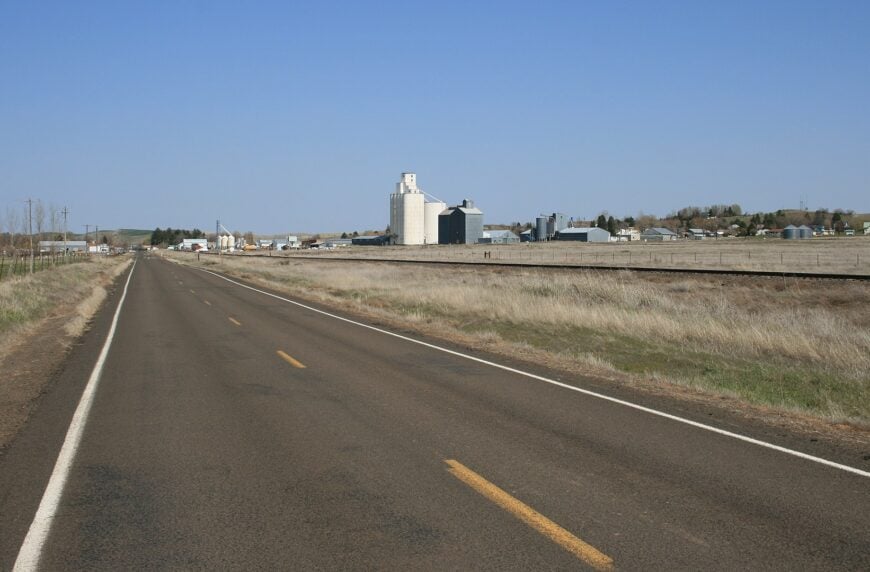
Lacrosse is a town deeply rooted in agricultural heritage, with a population of approximately 310 residents. Visitors can explore the Lacrosse Museum and Visitor Center, which showcases the area’s history and cultural significance. The town offers a slow-paced lifestyle, allowing for leisurely walks through historic streets and enjoying local eateries.
Wheat farming dominates the local economy, giving Lacrosse its quintessential rural charm. Its secluded nature comes from its off-the-beaten-path location and the surrounding vast farmland, making it an ideal place to escape urban stress. A hidden gem in Lacrosse is the unique Rock Houses, built in the early 1900s using local basalt rocks.
Where is Lacrosse?
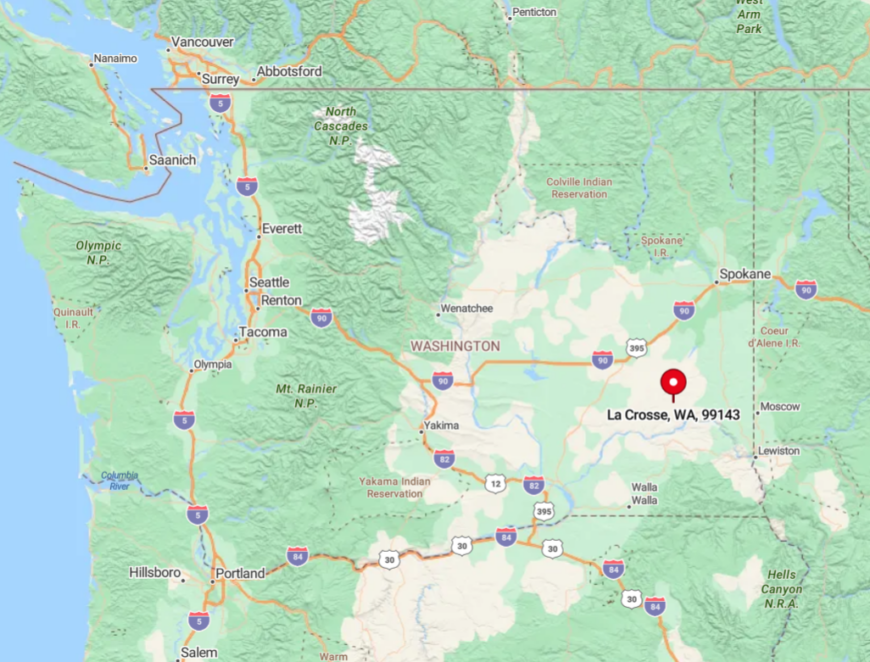
Situated in Whitman County, Lacrosse lies to the west of Colfax and off the main highways, enhancing its quiet atmosphere. The town is accessible via State Route 26, followed by a turn onto local roads that lead into the heart of this peaceful community. The remoteness of Lacrosse is underscored by the expansive wheat fields that stretch in every direction. The drive to Lacrosse highlights the scenic beauty of the Palouse, reinforcing the sense of serenity that defines the town.
3. Kahlotus: Where Rolling Hills Meet Quiet Living
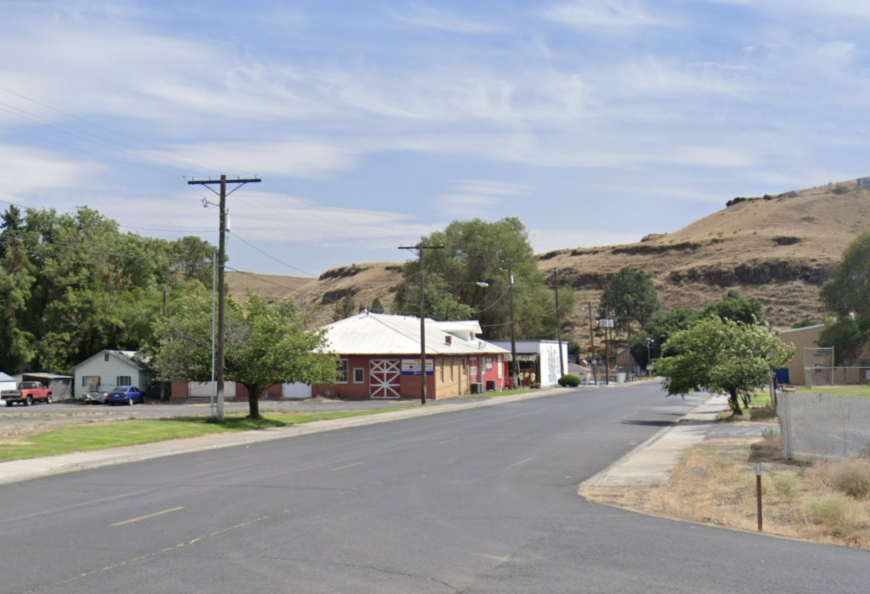
Kahlotus is a small town with a population of about 190 people, offering a tranquil retreat amidst rolling hills and dramatic landscapes. Outdoor activities include hiking through nearby trails, exploring unique geological formations, and visiting Windust Park along the Snake River.
The main industries are agriculture and wind energy, reflecting the town’s connection with the natural elements. Kahlotus’s secluded atmosphere is due to its location away from major cities and highways, providing a peaceful environment for residents and visitors alike. A hidden aspect of Kahlotus is the vast network of backroads ideal for scenic drives and wildlife observation.
Where is Kahlotus?

Located in Franklin County, Kahlotus sits in southeastern Washington, primarily accessed via State Route 260. Its isolation is enhanced by the surrounding rugged terrain and sparse population, making it a quiet haven. To reach Kahlotus, travelers can journey along US Route 395 and then take State Route 260 east, enjoying panoramic views of the Palouse region along the way. The town’s remote setting emphasizes the peaceful and unhurried lifestyle that sets Kahlotus apart.
2. Starbuck: A Tiny Hamlet with Timeless Appeal
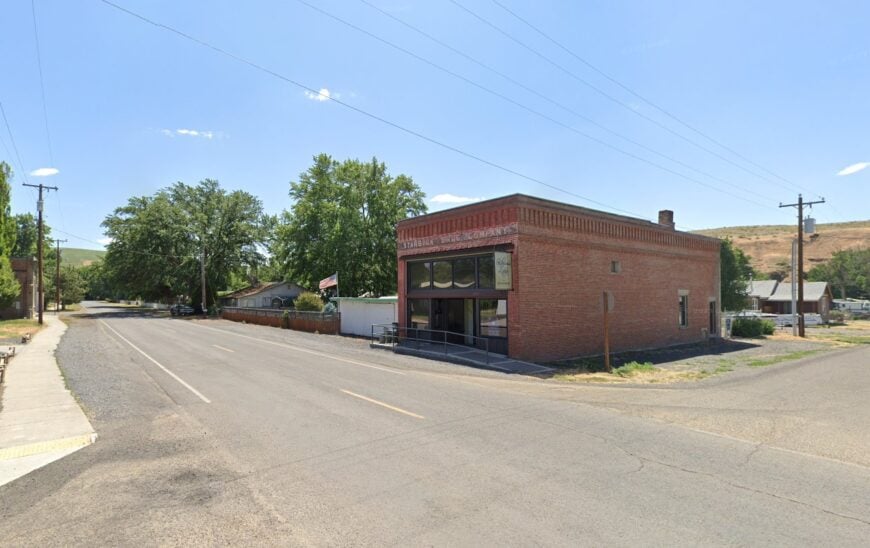
Starbuck is a quaint hamlet with a population of approximately 130 residents, offering a timeless appeal and a respite from modern life. The town is known for its historic railroad trestle and proximity to the Tucannon River, where fishing and nature walks are popular activities.
Agriculture and outdoor recreation are central to the local economy, reinforcing Starbuck’s rural character. The seclusion of Starbuck comes from its tucked-away location and the surrounding natural beauty, making it an ideal spot for those seeking peace and simplicity. A hidden gem in Starbuck is the annual Wildflower Hike, which showcases the region’s stunning flora.
Where is Starbuck?
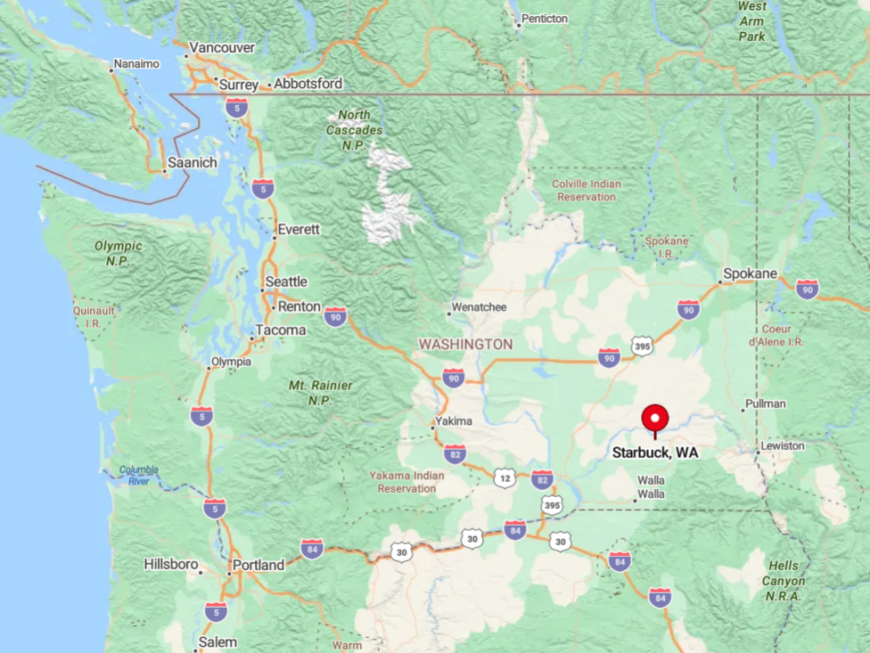
Nestled in Columbia County, Starbuck is located in southeastern Washington, not far from the confluence of the Snake and Tucannon Rivers. Its remote setting is accentuated by rolling hills and open spaces that separate it from larger towns. Travelers can reach Starbuck via State Route 261, which winds through scenic countryside and emphasizes the town’s isolation. The journey offers a glimpse into Washington’s rural heartland, underscoring the tranquil environment that defines Starbuck.
1. Washtucna: The Hidden Gateway to Palouse Falls
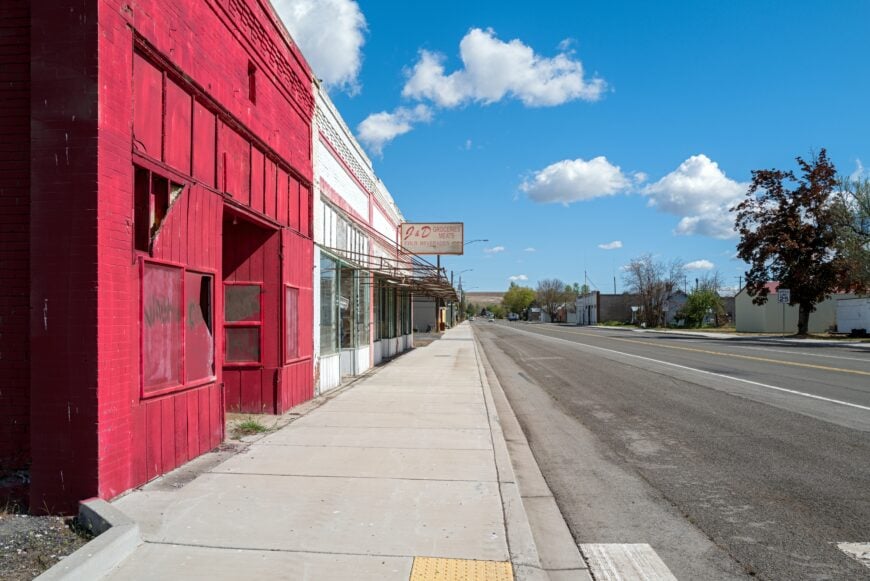
Washtucna, with a population of around 200 people, serves as a hidden gateway to the majestic Palouse Falls. This quiet town offers rustic landscapes and is a perfect base for outdoor adventures like hiking, bird watching, and exploring nearby geological wonders. Agriculture is central to Washtucna’s economy, particularly wheat and lentil farming, contributing to its rural charm.
The town’s secluded nature stems from its location at the crossroads of two highways with minimal traffic, providing a peaceful atmosphere away from congested areas. A hidden gem in Washtucna is the Washtucna Heritage Museum, which preserves the local history and offers insights into the area’s past.
Where is Washtucna?
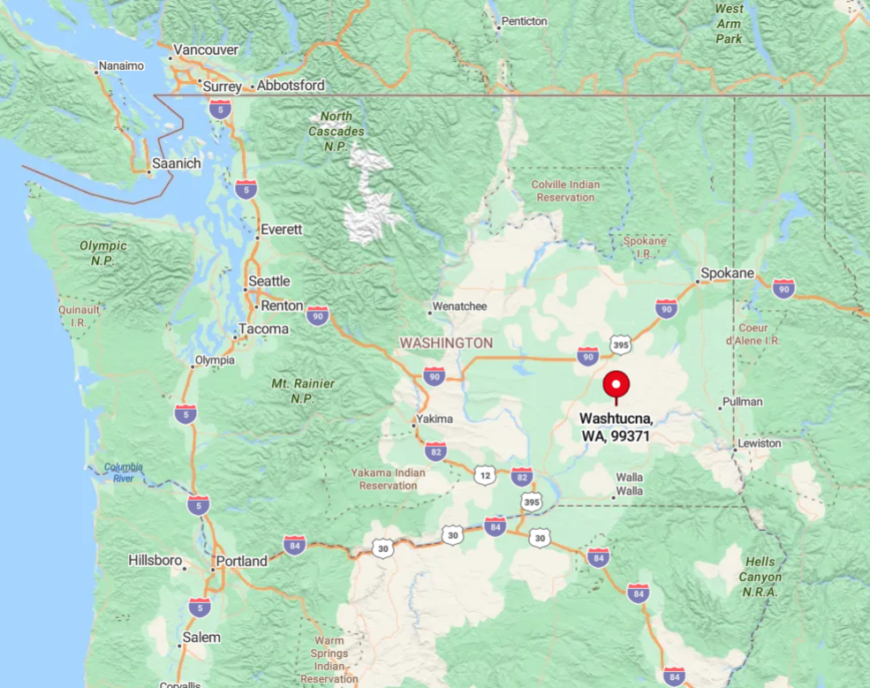
Located in Adams County, Washtucna sits at the junction of State Routes 26 and 261 in southeastern Washington. Its remote position makes it a serene stopover for travelers heading to Palouse Falls State Park, which is just a short drive away. To get to Washtucna, visitors can take US Route 395 and then transition onto State Route 26, enjoying the wide-open landscapes along the route. The town’s isolation is underscored by the surrounding rolling hills and farmland, making it an ideal spot for those looking to get away from it all.






